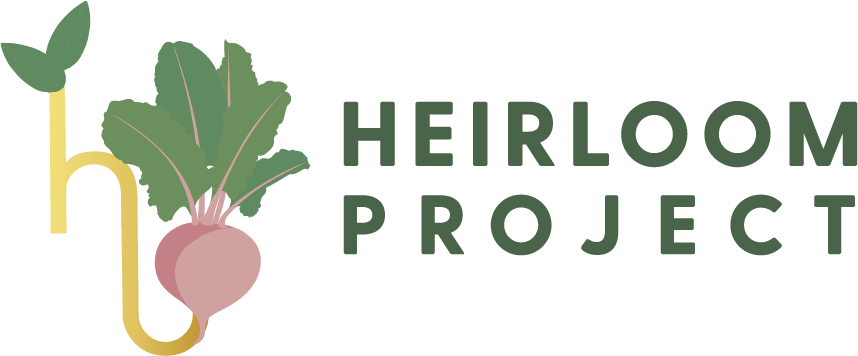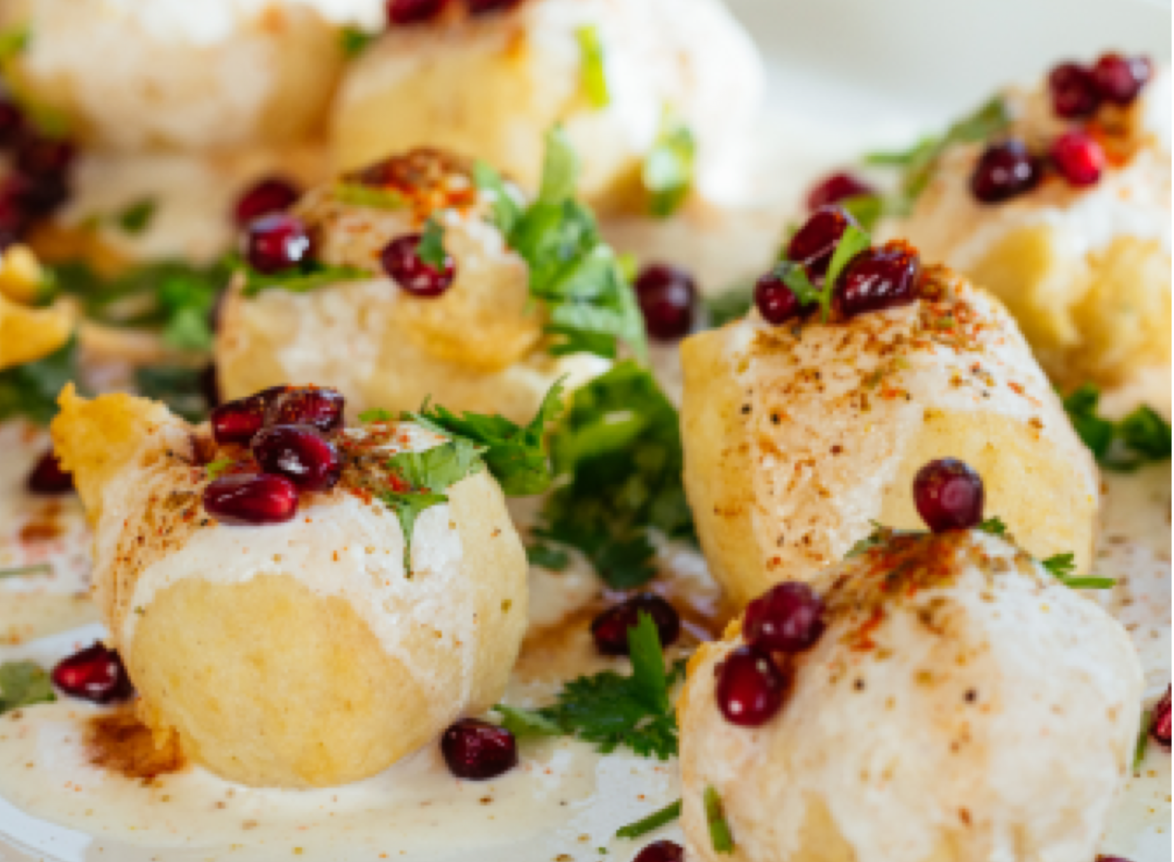Getting started
First and foremost, let’s start with a mental checklist – where are all your recipes stored?
These are the most common places where people save recipes:
- Online documents (Evernote, Word, Pages, Google Docs, Notes app)
- Journals/Notebooks (yours or a family memberʼs)
- Recipe cards or recipe boxes
- Loose pieces of paper
- Text messages
- Audio recordings
- Other family cookbooks
Once you’ve identified where all your recipes are located, you will need to create a holdingspace where you can compile them into one spot. Based on your preference, this may be adigital space like Google Docs or Word where you can copy/paste or type up each recipe. Youmay also prefer a more tangible option like a binder, box, or bin. Choose an option that worksbest for you.
Deciding which recipes to include
After you’ve compiled your recipes into one location, you’ll then need to decide which recipes to include in your cookbook. By now, some of you may have a few dozen recipes, while others might have 100s sitting in front of you. So, how do you decide?
TIP 1
Read and review each recipe. Does the recipe remind you of a special moment or person? What memories does it bring to mind? Is this a recipe that everyone loves and constantly asks for?
TIP 2
As you review each recipe, you’ll start to develop a better idea of which one’s you’ll like to include and those you can save for another day. The most efficient way to do this is by organizing your recipes into three buckets – Yes, Maybe, No.
TIP 3
Narrowing down your Maybe bucket can be tricky! Reread recipes and ask yourself the same questions. Our belief is that there can never be too many recipes in a family cookbook – sometimes more is better!
TIP 4
Give yourself a few days to organize and decide on the recipes you’d like to include in your heirloom cookbook. Don’t rush this process and make sure you do it thoughtfully.
Checking and testing recipes
This can be one of the more tedious parts of your cookbook. If you inherited clearly written recipes or you trust the ingredients and directions, then you’re off to a great start. However, most family recipes list approximate ingredient measurements or none at all (“pinch” of this, “sprinkle” of that) and may require you put on your apron and do some recipe testing. Our recommendation, always check your recipes for accuracy!
TIP 1
Cross-reference your ingredient list with the recipe directions. Sometimes family members accidentally omit ingredients in the list, but they tend to show up in the directions.
TIP 2
Verify quantities for unlisted and approximate ingredient measurements. Your mom may have listed one (1) tablespoon of oregano, but might have meant teaspoon. Also, tablespoon (tbsp.) and teaspoon (tsp.) abbreviations can look very similar when written in someone’s handwriting.
TIP 3
Use the same measurement and degree references across all your recipes within your heirloom cookbook. Whether you choose to use pounds and ounces, cups and teaspoons, or Fahrenheit or Celsius, make sure it’s consistent across your recipes.
Categorizing your recipes
There are a variety of ways to organize your heirloom book, from the traditional categories you see in everyday cookbooks, to personalized categories that may have a little more meaning toyou. Check out some category suggestions below:
- Traditional Categories: Appetizers, Beverages, Breads, Entrees/Main Dish, Sides, Sweets/Desserts
- Meal Categories: Breakfast, Lunch, Snack, Dinner, Dessert
- Ingredient Categories: Beef, Chicken, Fish, Grains, Pastas, Pork, Vegetarian
- Seasonal Categories: Thanksgiving, Christmas, Hanukkah, Kwanzaa, Memorial Day
- Appliance and Method Categories: Slow Cooker, Instant Pot, Casseroles, Steamed, Fried, Sauteed, Baked, Broiled
- Custom Categories: customize your categories to suit your needs. From specific relative recipes to special dates or events, you select your own category (Grandma Jane’s Recipes, Maddie’s 6th B-day)
Heirloom allows you to create up to eight (8) customized categories for your cookbook. Get creative and use categories that make your heirloom book special for you and your family.
Ready to create your own custom cookbook? Shop now
Have more questions? Visit our FAQ section here. Alternatively, you can email us at hello@heirloomproject.co
To get regular updates, follow us on Instagram here




Leave a comment
Your email address will not be published. Required fields are marked *